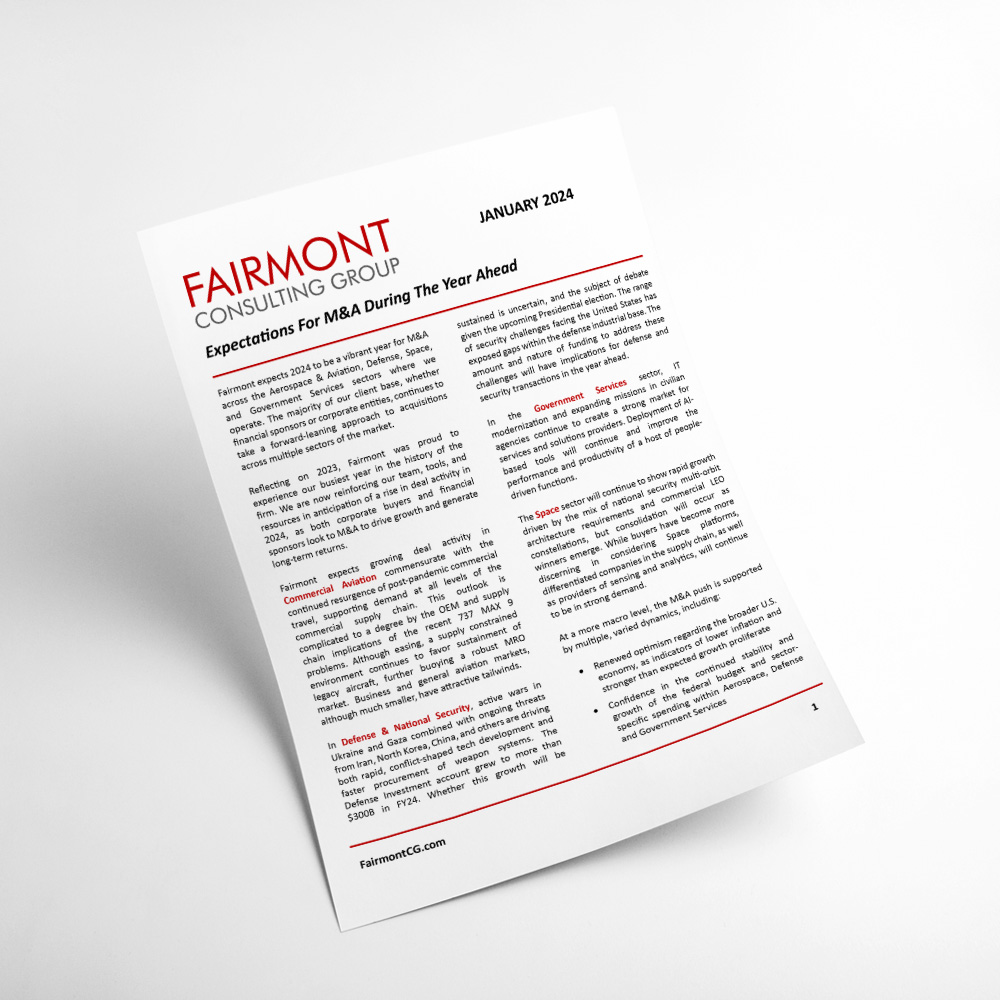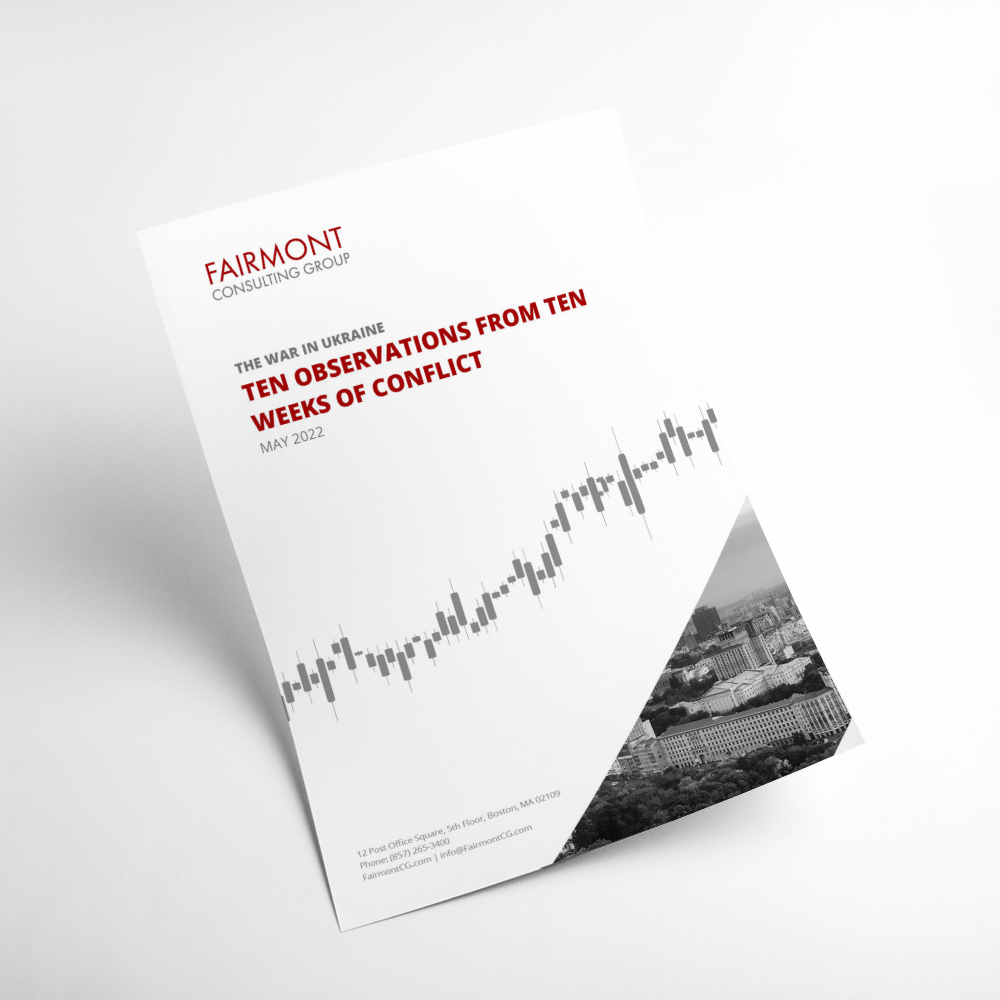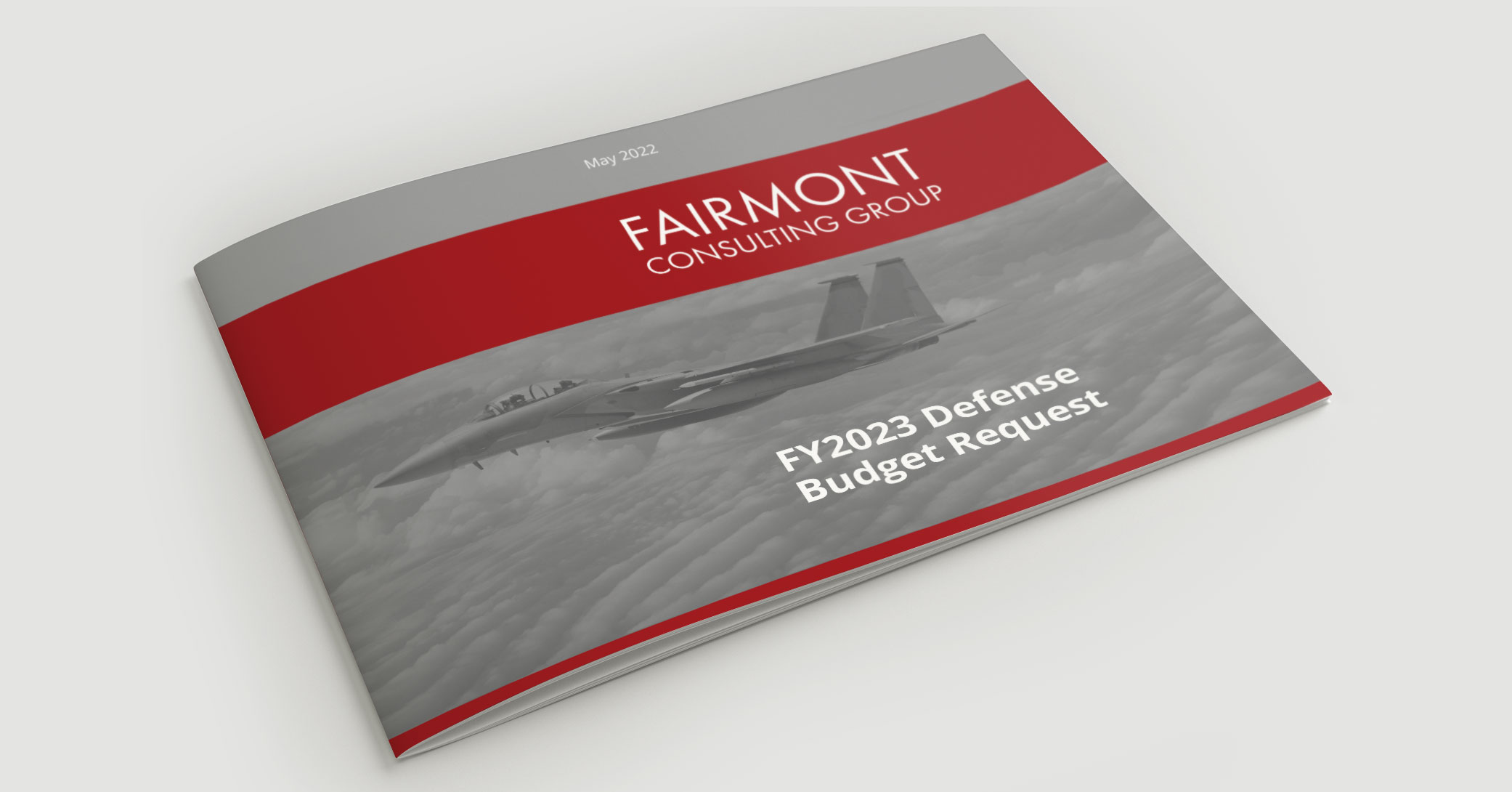House Armed Services Committee Chairman Mac Thornberry has argued that while the Obama Administration purports to have increased funding for operations against the Islamic State (ISIL) and for the European Reassurance Initiative in the FY2017 budget request, the White House has wittingly sacrificed funds needed to provide for a common defense. The Bipartisan Budget Act (BBA) of 2015, negotiated between Congress and President Obama, increased FY2017 national defense spending caps to $610B, including $551 billion of base funding and $59 billion of Overseas Contingency Operations (OCO) funding. Charmain Thornberry’s argument is that these funding levels, specifically the OCO account, should be considered spending floors and not caps. “Any additional unidentified emergent requirements… should be added to the President’s budget submission,” Thornberry wrote in a memo to House Budget Committee Chairman Tom Price, suggesting that the current threat environment and operational tempo warrant up to $82B of OCO to fully resource our nation’s military.
In the week leading up to the release of the President’s budget request, Secretary of Defense Ash Carter provided details about what would be included in the FY2017 budget. Notably, Secretary Carter previewed $7.5 billion for the campaign against ISIL (a 50% increase over FY2016) and $3.4 billion for the European Reassurance Initiative (a $2.6 billion increase over FY2016). The following day, speaking at Naval Air Weapons Station China Lake, the Secretary said that $2 billion would be spent over the Future Years Defense Program (FYDP) to upgrade and procure Tomahawk missiles (only $461 million was included in the FY2016 FYPD).
“We must have – and be seen to have – the ability to impose unacceptable costs on an advanced aggressor that will either dissuade them from taking provocative action, or make them deeply regret it if they do… In this context, Russia and China are our most stressing competitors.”
Even assuming the additional Tomahawk spending is not included in OCO, it is clear why Chairman Thornberry expressed concern. The President’s FY2016 request forecasted that $573 billion of base national defense funding would be required in FY2017; additionally, world events suggest that FY2017 overseas contingency fiscal requirements will be no less than they were in FY2016 ($58.8 billion). Given these assumptions, Office of Management and Budget fuel and inflation adjustments, and additional requirements outlined by Secretary Carter, the total national defense budget would need to be at least $631.7 billion. However, the BBA of 2015 only increased total defense budget caps to $609.8 – creating an estimated $21.9 billion gap between military requirements and current budget law.
The primary ‘bill-payer’ to close this gap in the Administration’s budget request is Procurement. The total FY2017 base Procurement request was $102.6 billion versus the previous request’s planned FY2017 base amount of $112.2 billion; however, $1.4 billion of the Procurement shortfall is addressed through increased OCO. Across the services, aircraft Procurements had a net reduction of $2.2 billion including:
- Navy E-2D (-$1.0 billion), P-8A ($-357 million), V-22 (-$262 million), and MQ-4 (-$117 million)
- Army UH-60 Blackhawk (-$334 million), CH-47 Chinook (-$171 million), and AH-64 Apache (-$8 million)
- Air Force F-35A Joint Strike Fighter (-$1.1 billion) and C-130 (-$177 million)
- Other notable ‘bill-payers’ include Navy Shipbuilding and Conversion (-$906 million) and Missile Defense Agency’s Aegis BMD (-$373 million)
Further exacerbating the budget gap issue is the Administration’s inclusion of $5 billion of base budget items in this year’s OCO request. Due to mandatory base spending caps, Congress cannot move these items back into the base account without sacrificing further investments in capacity. The White House also prioritized $211 million and $410 million combined increases in planned Air Force, Army, and Navy Advanced Technology Development and System Development & Demonstration RDT&E accounts, respectively.
These choices clearly favor warfighting and readiness over modernization and capacity. The budget request delivers on resourcing overseas operations, including the deployment of additional troops and prepositioned equipment in Europe and even funds the troubled Syria Train & Equip program once again. However, investing in O&M and early R&D at the expense of Procurement has the potential to create a risky void in cutting-edge U.S. capabilities on the battlefield.
While the President’s budget request does not fully fund all military requirements, Congress should be expected to authorize $13-$21 billion of additional OCO to attempt to bridge the gap while still complying with mandatory spending caps. In FY2016, faced with a similar situation imposed by the Budget Control Act (BCA) of 2011 and modified by the Murray-Ryan budget deal, Congress essentially swept $8 billion of active duty O&M funds into OCO and filled the base budget with unfunded or unrequested weapon system procurements.
A notable example of Congress back-filling the base budget after moving other funds to OCO is its inclusion of $1.3 billion of appropriations above the FY2016 President’s request for the F-35 Joint Strike Fighter (additional examples shown in Figure 2). Congress added funding for three additional F-35A (Air Force), six additional F-35B (Marine Corps), and two additional F-35C (Navy) aircraft in the final appropriations act.
Interestingly, it seems as though the Pentagon places a lower priority on the F-35A than Congress. In the FY2017 budget request, the Air Force included five fewer F-35A aircraft than what was contemplated in the prior year request
– effectively, the net change in combined 2018-2019 deliveries will be minus-two, despite Congress adding nearly $300 million to the program in December. Similarly, Congress added $2.2 billion of Navy Shipbuilding and Conversion funds in the FY2016 appropriations act, only to see the Pentagon request $906 million less of funding than was planned this year. These changes reflect Secretary Carter’s ordered priorities of building advanced capabilities, closing growing gaps in naval aviation, and ensuring sufficient ship capacity.
“The Bipartisan Budget Act was passed before the Paris attacks by ISIL. Operational needs have only increased. The choices we must make to secure a 21st-century American military are difficult, but with sequestration upon us again next year and with the wide-ranging threats we face, the choices will not get easier.”
Looking ahead to the fall, Congress will likely use a portion of their OCO adder to fund true contingency operations and the remainder to fill the base budget cap once a portion of active-duty O&M requested funds are moved into OCO. All the above programs have demonstrated recent success in Congress so they should be considered candidates for plus-ups again (in particular, F-35B/C, EA-18G, and PAC-3). Other weapon systems that could see budgets well above the prior year or surpass the President’s request this year through congressional plus-ups include Tomahawk, Long-Range Anti-Ship
Missile, Advanced Anti-Radiation Guided Missile, Virginia-class fast attack submarine, AC/MC-130J gunships, USSOCOM C4ISR equipment, and missile defense programs (such as THAAD, AEGIS BMD/Ashore, SM-3).
The budget request submission to Congress is the first step in what will be over six months of negotiations between the Obama Administration and Congress, between fiscal hawks and defense hawks, and between Democrats and Republicans – all in an election year. Considering current geopolitical complexity and the threats to U.S. national security from both state and non-state actors, it is unlikely that President Obama believes $610 billion will adequately resource his mission to defeat and destroy ISIL while simultaneously funding troops in Afghanistan, deterring Russian aggression, and investing in DoD’s Third Offset Strategy to reassert U.S. technological superiority. Similarly, Congressional leadership likely knows that a $632 billion defense budget is fiscally unrealistic given mandatory spending and current national debt levels.
In the end, Fairmont anticipates that the White House will extract non-defense spending increases and favorably split the difference between these levels, yielding $13-$18 billion of additional OCO funding (topline budget $623-$628 billion). That amount would increase the positive trend in defense spending while complying with BCA and BBA budget caps. More importantly, this will enable the inclusion of additional later-stage R&D and current weapon systems procurements that are sorely needed after five years of sacrificed modernization and recapitalization.
Enter your email address to download the PDF
Recent Posts
-
 February 1, 2024
February 1, 2024M&A In Aerospace, Defense, Government Services & Space: Expectations For The Year Ahead — 2024
Read More -
 May 30, 2023
May 30, 2023DARPA FY24
Read More -
 January 31, 2023
January 31, 20232022’s Most Interesting Transactions
Read More -
 June 22, 2022
June 22, 2022MRO Americas 2022 Aftermarket Update
Read More -
 May 8, 2022
May 8, 2022The War in Ukraine
Read More -
 May 5, 2022
May 5, 2022FY2023 Defense Budget Request
Read More



